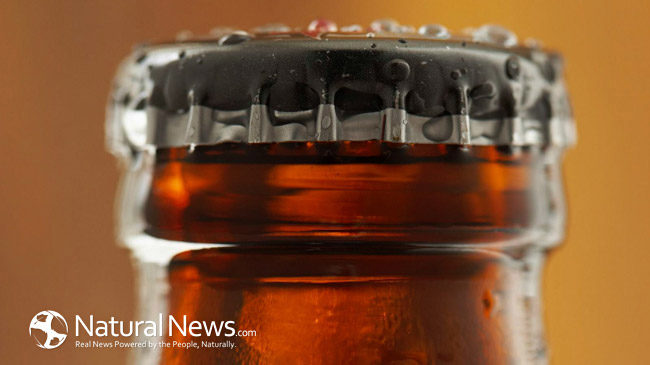Plastic particles were found in 24 varieties of German beer samples. A team of researchers published their findings in a recent edition of Food Additives and Contaminants. This study is part of a global investigation of plastic microfiber turning up in all parts of the world.
Plastic Particles and Other Contaminants in German Beer
A team of researchers went to a local market in Germany and randomly picked 24 beers; some of the beverages are included in the ten most popular beers in Germany.
In their lab, the team used microscopes in testing beer samples, which led to their discovery.
The plastic particles in 24, top-selling German beers are not the only foreign objects found in the beverage.
One-hundred percent of the beers tested contained plastic particles along with other gruesome and gut-wrenching ingredients, such as a practically whole insect, small shards of glass, sand particles, and exfoliated skin cells.
None of the plastic particles in the beer poses a public health concern; however, this finding is another wake-up call that plastics are invading our environments.
The authors of the study note, “The small numbers of microplastic items in beer in themselves may not be alarming, but their occurrence in a beverage as common as beer indicates that the human environment is contaminated by micro-sized synthetic polymers to a far-reaching extent.”
It is not clear how the contaminants ended up in the beer.
According to the report, some beer manufacturers claim they only use spring water when making their product, and springs have sand particles around them.
Other possible sources of contamination include tainted hops and barley, malfunctioning equipment, and dirty bottles.
Beer is filtered using wood chipping, charcoal, and asbestos. It is possible plastic particles may have found its way in the beer through the filtering process.
As for the large and small chunks of exfoliated skin cells, the authors report, “Workers in breweries lose, as any other people, the outer part of their epidermis.”
Microplastic All Over the World
The plastic particles and other contaminants found in German beer is just one more example of how micro-sized synthetic polymers are infiltrating our food, beverages, and environments.
Plastic trash is found in every ocean around the planet. However, the enormous patches of plastic garbage are not the main pollution dilemma. Plastic particles, microfiber less than one millimeter in size, pose the biggest threat to wildlife and humanity.
Most of the plastic particles found on shorelines, streams, springs, lakes, and oceans come from sewage. They end up on shorelines like little grains of sand.
In addition, plastic particles come from acrylic and polyester clothing, as well. Other microfiber are derived from washing machines which discharge pollutants into nearby sewage treatment plants.
Fleece shreds the worse; however, some garments lose more than 1,900 fibers per washing cycle.
Adding better filters to sewage treatment plants or washing machines may be a better solution. If proper steps are not taken, plastic particles may end up in lake and sea life, which is part of the diet of many global inhabitants.
If plastic particles, skin cells, insects, shards of glass, and sand are found in German beer, what other food and beverage products contain impure, tainted, or contaminated ingredients?
Moreover, what companies can be trusted in offering wholesome food and beverage to the consumer and their families?
Buyer, beware!












